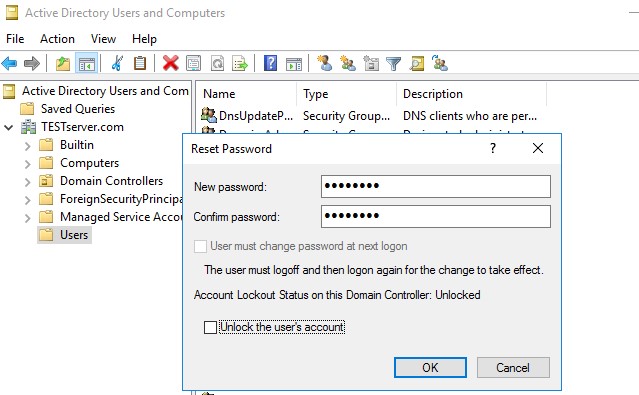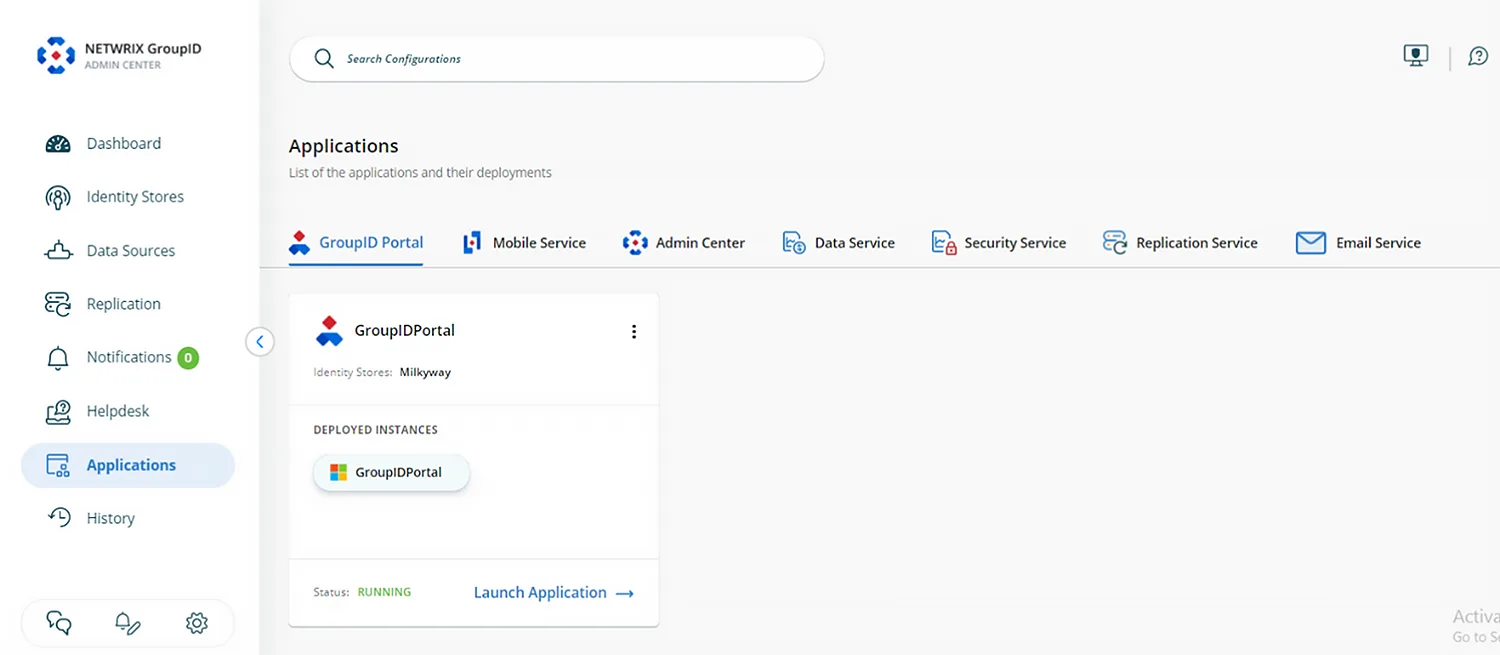Automating AD User Password Resets for IT Efficiency
Controlling user records successfully is one of the very important tasks
for IT admins. Active Directory (AD) plays an essential role in
ensuring smooth user management across organizations. But what goes on
when you yourself have to import a large amount of consumers all at
once? Guide entry isn't just monotonous; it's time-consuming and
vulnerable to error. Here's a quick information on active directory management tools with actionable insights to improve the process.
Why Importing Users into AD Matters
Productive
Listing may be the backbone of IT operations for numerous companies. It
helps centralized control of network assets, user authentication, and
permissions management. But, companies usually face issues when
onboarding new users or migrating to new systems. That's where mass
transfer instruments and practices will make a significant impact.

A well-executed person transfer process may:
Decrease onboarding time for new employees.
Simplify access get a handle on and prevent guide mistakes.
Support scalability during large-scale migrations or acquisitions.
Methods for Importing Users into Active Directory
There is no one-size-fits-all alternative in regards to posting users to AD. However, some tried-and-true practices can help ensure reliability and performance:
1. CSVDE Command
CSVDE (Comma-Separated Price Directory Exchange) is a native Windows tool to import and move user data. Its ease of use makes it a popular selection for IT teams.
Steps to check out:
Prepare a CSV record with user characteristics like name, mail, and department.
Run `csvde -i -f [filename.csv]` to import the data in to AD.
Confirm the transfer by examining Effective Listing People and Computers.
While CSVDE is simple, it does not allow code management, this means extra configuration may be needed.
2. PowerShell Scripting
For those acquainted with scripting, PowerShell provides a better made and versatile way to connect to AD.
Why choose PowerShell?
Freedom to incorporate passwords during person creation.
Capability to assign groups and permissions instantly.
Reusability for potential imports.
3. Third-Party Tools
When complexity raises, or if you're handling tens and thousands of consumers, third-party instruments like ADAudit Plus or ManageEngine ADManager provides pre-built methods to simplify mass imports. These resources often contain user-friendly interfaces and additional features for auditing and reporting.
Tips to Ensure a Smooth Import Process
Standardize Naming Events: Establish consistent forms for usernames and e-mail addresses.
Check First: Work a small check batch before importing all consumers to avoid sudden errors.
Document Everything: Maintain accurate documentation of texts, resources, and documents employed for potential reference.
Use Organizational Models (OUs): Assign users to applicable OUs to help relieve permissions and class policy management.

Final Thoughts
Successfully posting users in to Effective Listing is not pretty much saving time — it ensures a safe and scalable IT environment. IT admins who invest time in mastering methods like PowerShell or leveraging third-party solutions will find themselves better organized to take care of rising organizational demands.
If you are looking to remain in front of the curve, contemplate exploring automation instruments that include with AD for continuous management tasks. After all, success in IT is all about working better, maybe not harder.
Comments
Post a Comment